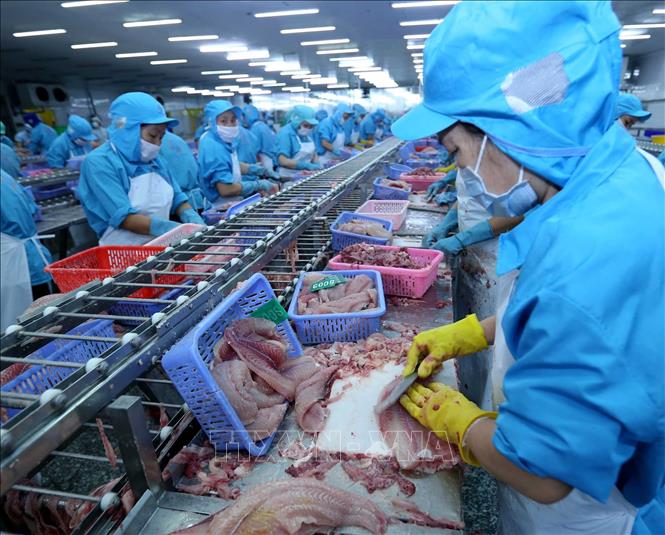
The Mekong Delta region plays a key role in this result, when key localities such as Can Tho, Ca Mau, and An Giang promote the application of high technology and digital transformation in farming and processing, towards green and sustainable production.
New momentum from high technology and digital transformation
In the last months of 2025, the Mekong Delta region is witnessing a strong shift in seafood production and export. In Can Tho City, the local government has identified seafood as a key economic sector; in which brackish water shrimp plays a key role, contributing greatly to the city's export turnover.
According to the Department of Agriculture and Environment of Can Tho City, in the period 2015 - 2024, brackish water shrimp output increased by an average of more than 11% per year, from 90,000 tons to nearly 233,000 tons. In 2025, Can Tho aims to reach an output of 229,700 tons of shrimp, aiming for an export turnover of more than 1 billion USD.
To achieve this goal, Can Tho City has deployed a series of high-tech shrimp farming models such as multi-stage lined ponds, semi-biofloc, automatic monitoring systems and mechanization of the entire farming process - from pond renovation, feeding, environmental monitoring to harvesting. By the end of 2024, the city's shrimp farming area with lined ponds will reach nearly 8,700 hectares, an increase of 12% over the same period.
In particular, more than 7,500 farming area codes have been issued, serving traceability, ensuring product transparency for export. The city also encourages businesses to invest in digital transformation in processing and distribution, forming a closed value chain from production to consumption.
According to Mr. Vu Tuan Cuong, Director of the Center for Testing, Inspection and Verification of Aquatic Products (Department of Fisheries and Fisheries Control), the fisheries industry recorded positive growth this year despite many fluctuations in the global economy. Vietnam's advantages come not only from natural conditions but also from its processing capacity, technology and increasing added value. The export target of 10.5 - 11 billion USD this year is completely feasible.
By the end of the third quarter of 2025, the country's seafood export turnover reached 8.33 billion USD, up 15.5% over the same period. Shrimp alone reached 3.36 billion USD, accounting for more than 40% of the total value, thanks to recovering demand in major markets such as the US, EU, Japan and South Korea.
"Shrimp capital" affirms export position
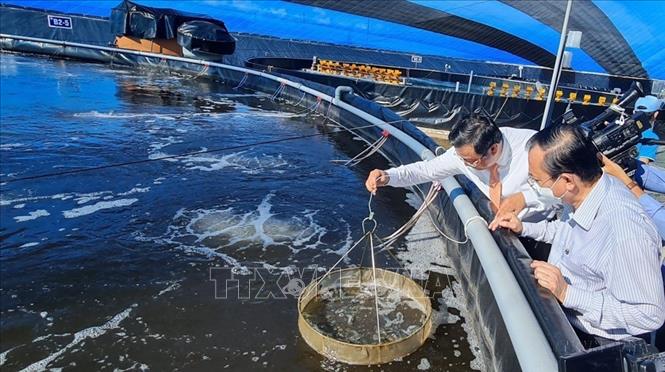
After merging with Bac Lieu, Ca Mau province will become the locality with the largest shrimp farming area in the country, with more than 427,000 hectares. In 2025, the province's seafood export turnover is estimated to reach 2.43 billion USD, an increase of 7% compared to 2024.
With the goal of reaching 2.4 billion USD/year by 2030, Ca Mau is planning raw material farming areas that meet international standards, expanding organic shrimp, ecological shrimp and high-tech shrimp models. The province is promoting digital transformation, increasing the rate of farming areas that meet international certifications such as ASC, BAP, GlobalGAP to meet the strict requirements of import markets.
According to a representative of a local seafood exporter, Ca Mau shrimp has a competitive advantage thanks to its high quality and value-added products. However, the industry still faces major challenges from diseases and higher production costs than some countries such as India and Ecuador. To maintain its position, the locality needs to continue investing in farming infrastructure and deep processing technology.
Not only shrimp, Ca Mau province also strongly develops crab farming - considered as the "green gold" of the river region. Currently, the province has about 260,000 hectares of crab farming combined in the shrimp - crab - fish - rice model, with an output of over 31,000 tons/year. Many local cooperatives such as Cai Bat Cooperative (Tan Hung commune) have achieved ASC certification, implementing organic production, and transparent traceability.
According to Director of the Department of Industry and Trade of Ca Mau Nguyen Chi Thien, to date, the province has more than 26 coastal wind power projects approved for investment, 14 of which are in operation with a total capacity of nearly 700 MW. Along with aquaculture, Ca Mau is strongly developing renewable energy to become the energy center of the Mekong Delta region. This is a strategic step to create a driving force for sustainable growth.
In the context of climate change, saltwater intrusion and increasing technical barriers, experts say that the transition to a smart, environmentally friendly farming model is a vital factor. General Secretary of the Vietnam Association of Seafood Exporters and Producers (VASEP) Nguyen Hoai Nam said that the Vietnamese seafood industry must accelerate the digitization of the supply chain, control raw material sources and transparent traceability to maintain trust with major markets. This is also the way for Vietnam to escape the IUU warning and improve its international position.
Looking to the future, Ca Mau province and other localities in the Mekong Delta continue to promote regional connectivity, invest in logistics infrastructure, deep processing and research new breeds, creating a foundation for sustainable development of the seafood industry. With determination and the right strategy, the southernmost land of the country is affirming its position as the "capital of seafood" of Vietnam, contributing to bringing the country's seafood export turnover to new heights.
Source: https://baotintuc.vn/kinh-te/dau-tu-khoa-hoc-cong-nghe-de-tang-nang-suat-nang-chat-cho-thuy-san-viet-20251018091722307.htm


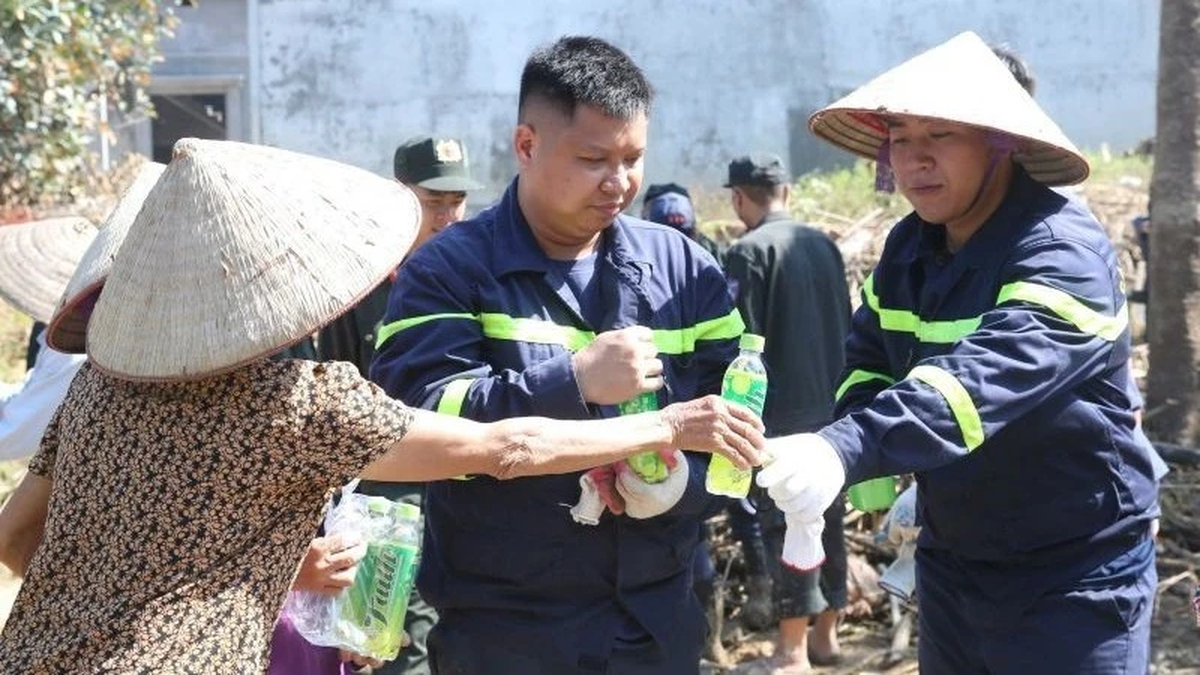
![[Photo] Collecting waste, sowing green seeds](https://vphoto.vietnam.vn/thumb/1200x675/vietnam/resource/IMAGE/2025/10/18/1760786475497_ndo_br_1-jpg.webp)
![[Photo] General Secretary To Lam attends the 95th Anniversary of the Party Central Office's Traditional Day](https://vphoto.vietnam.vn/thumb/1200x675/vietnam/resource/IMAGE/2025/10/18/1760784671836_a1-bnd-4476-1940-jpg.webp)

![[Photo] Closing ceremony of the 18th Congress of Hanoi Party Committee](https://vphoto.vietnam.vn/thumb/1200x675/vietnam/resource/IMAGE/2025/10/17/1760704850107_ndo_br_1-jpg.webp)
![[Photo] Immerse yourself in the colorful musical world of “Secret Garden Live in Vietnam”](https://vphoto.vietnam.vn/thumb/1200x675/vietnam/resource/IMAGE/2025/10/18/1760805978427_ndo_br_thiet-ke-chua-co-ten-41-png.webp)
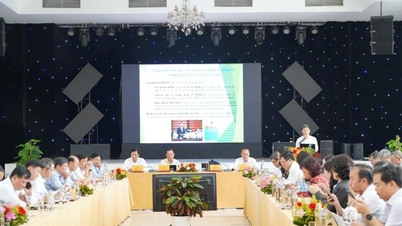





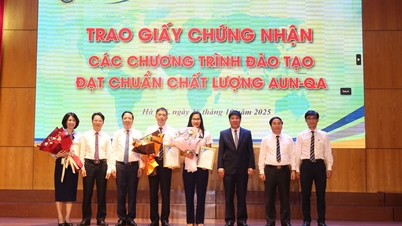
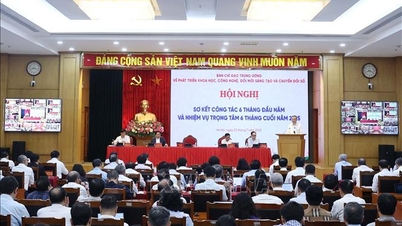
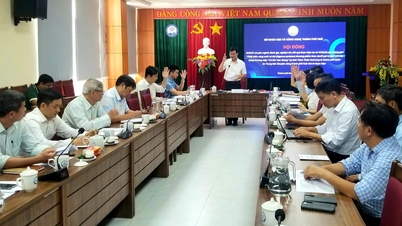



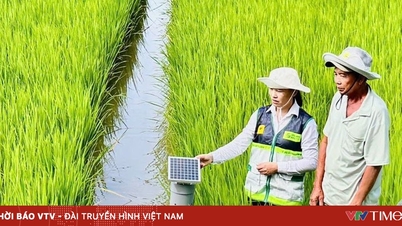

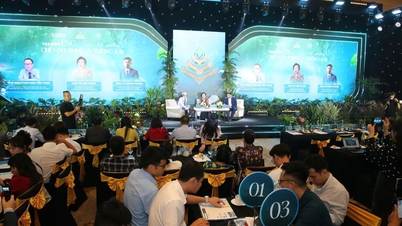

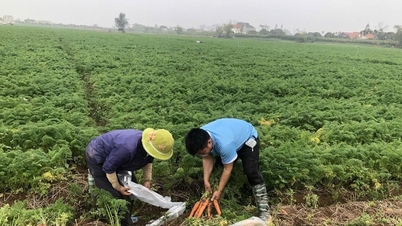






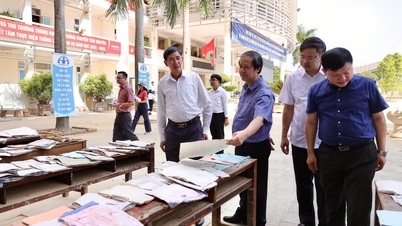
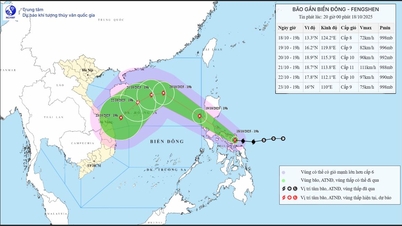
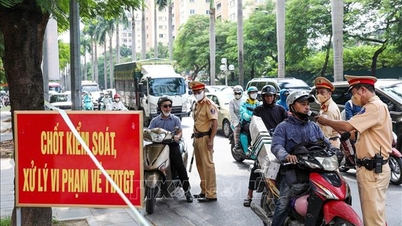






































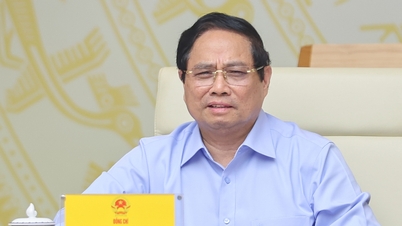
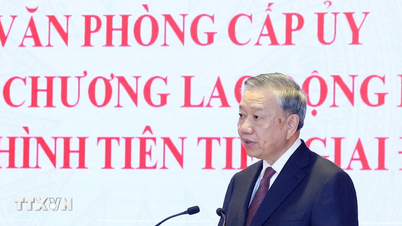












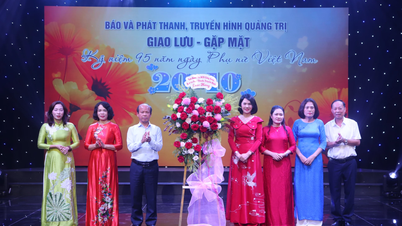

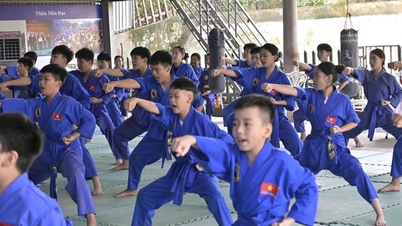

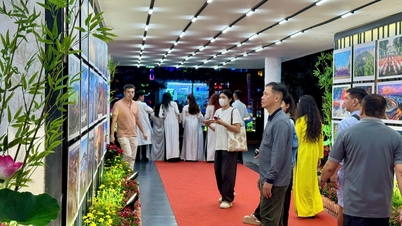










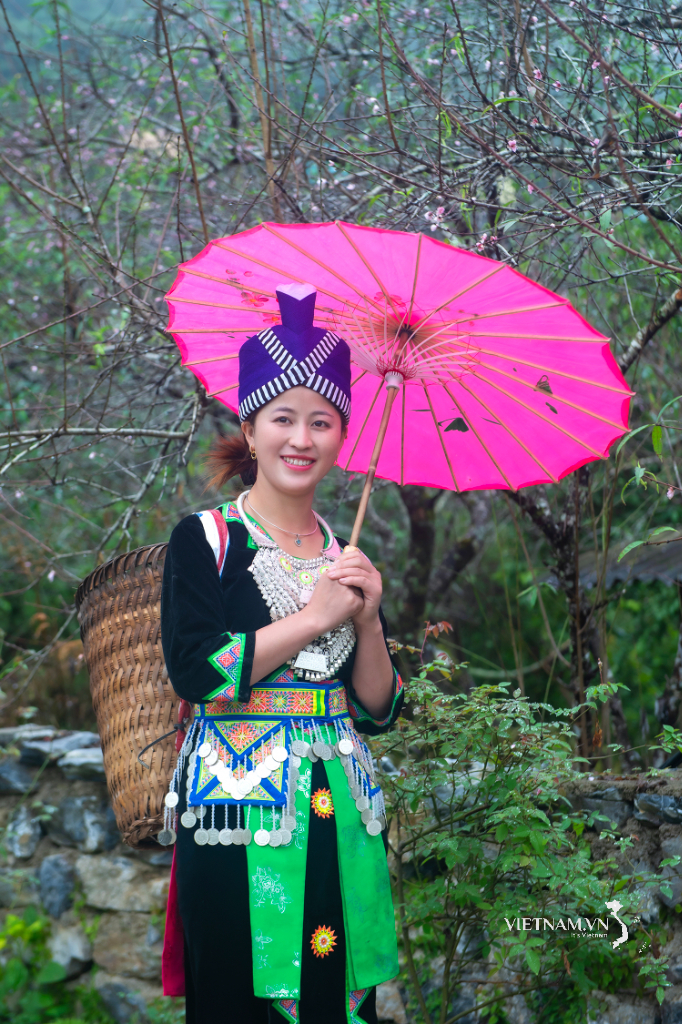

Comment (0)